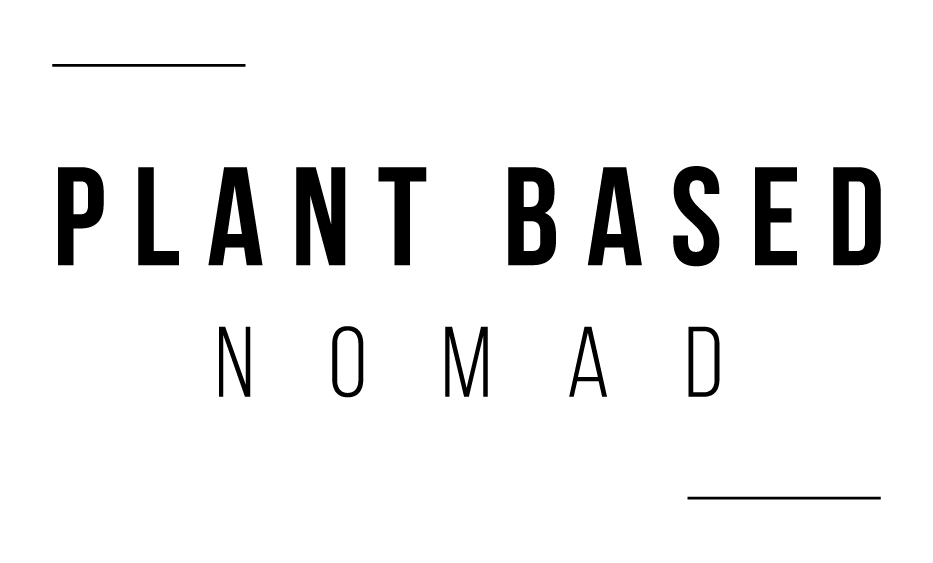
How Exercise and Plant-Based Foods Keep Your Brain Young
If you love to exercise than you know how good it makes you feel. Not only does that morning run boost endorphins —peptides released during exercise that create pleasure and reduce pain — but consistent exercise has been linked to stronger muscles and bones, increased energy, decreased blood pressure, improved insulin sensitivity, and healthy weight management.
Exercise is a key ingredient to a happier and healthier life. Yet, recent studies have illuminated that exercise may also play an important role in longevity due to its connection to the brain. Exercise increases the flow of blood and oxygen to the brain while stimulating brain-friendly growth hormones, specifically in the hippocampus (the memory department), giving your brain a dose of healthy youth!
Why We Need Exercise
For years, researchers focused on the present or recent history in order to gather information regarding the relationship between exercise and health. From how often to exercise to what type is best, the data is broad, skewed, and we all find ourselves taking it with a grain of salt.
Yet, recently, a handful of well-known researchers — such as Daniel Lieberman at Harvard University and David Raichlen at the University of Arizona in collaboration with Brian Wood at Yale and Herman Pontzer at Hunter College — have decided to look farther back at the physiological evolution from our hunter-gatherer ancestors to glean clues about exercise and health.
From Hunter-Gatherers to Exercisers
What these accomplished researchers have uncovered is that the evolution of the human body in conjunction with exercise has posed a paradox of sorts.
Per Professor Raichlen, “Nearly two million years ago, humans shifted to a novel hunter-gathering pattern of foraging that required intense aerobic effort to find food. Our physiology has become adapted to respond to this physical activity-induced stress in ways that increase capacity: increased bone mass, and increased vascular elasticity, for example.” Yet, Professor Raichlen continues to explain that along with adapting to aerobic activity our bodies also adapt to a restful state of “reduce energy expenditure”.
What does that mean?
Our bodies create activity-induced stressors thanks to our hunter-gatherer ancestors. When we stop moving, especially for long periods of time which is the case in our current society, those healthy stressors and physiological capacity are greatly reduced.
The world has changed drastically. In most countries, food is readily available on grocery store shelves, in fast food restaurants, and is even offered by vendors as you walk down the street. The world is no longer a hunter-gatherer friendly place, yet our bodies evolved to need movement.
Per a neuroscience research paper by Professor Raichlen and Professor Gene Alexander, “From an evolutionary neuroscience perspective, physical activity stresses brain function because of the cognitively demanding foraging context in which our ancestors engaged in aerobic physical activity.” This evolution — from sedentary apes to aerobic hunters — forged a permanent connection between movement and the brain, a symbiotic relationship that is becoming more and more relevant in health and science research today.
Professor Gene Alexander at the University of Arizona proposes that “if you’re not sufficiently engaged in … cognitively challenging aerobic activity, then this may be responsible for what we often see as healthy brain aging, where people start to show some diminished cognitive abilities.” In short, what we call natural aging may not be natural at all.
Yet, history can only teach us so much. Let’s take a look at the bodily factors that have been shown to promote a youthful brain. There are a few ways in which brain longevity is boosted by exercise.
First off, exercise increases your “heart rate, which promotes the flow of blood and oxygen to your brain.” Secondly, exercise has been shown to stimulate growth hormones that specifically target your brain. Routine exercise has also been linked to decreased inflammation, which is conjectured to be a cause for many chronic diseases that affect neurological functions. Lastly, an active lifestyle has been linked to the growth of the “hippocampus, a part of the brain that’s vital for memory and learning,” leading researchers to believe that an active lifestyle may increase brain functionality in old age and decrease the chances of dementia and dementia-related illnesses such as Alzheimer’s.
This brain-exercise connection has been substantiated by various studies, one of which purporting that exercise can actually slow your brains aging by up to 10 years. The study published in Neurology, authored by Dr. Clinton Wright at the University of Miami, discovered that “people who exercise more had higher cognitive scores, while those who were less physically active tended to have lower scores.” The research also illuminated that “people who exercise less showed sharper declines in their cognitive scores,” which was equal to the “declines found during normal aging over about 10 years.”
While more research needs to be conducted, the connection between exercise, increased blood flow, and a healthy aging brain is hard to ignore.
There is no one single miracle food item that will ensure a long, cognitively sharp life. Brain health relies on a variety of plant-based foods that offer pieces to the larger neurological puzzle. Yet, there are a handful of foods that you can incorporate into your diet that not only keep your brain buzzing, but also benefit your heart and blood vessels.
Nutrient Rich Green Leafy Veggies
Green leafy vegetables are staples in any plant-based diet. From kale and spinach to broccoli and collards, these vegetables play an integral role on your plate, as well as in your brain. How is this possible? Green leafy vegetables are chock-full of an array of essential vitamins and minerals. They are especially concentrated with the brain boosting essentials such as “vitamin K, lutein, folate, and beta carotene.” Plus, green leafy veggies are super easy to combine into your daily menu at any meal. Start out your day with a breakfast salad, such as this refreshing and simple Winter Citrus and Avocado Salad with Orange Poppy Vinaigrette, feast on these purchasable broccoli and spinach snacks, pack these Veggie Rolls with Avocado Hummus for lunch, and end the day with this Creamy Cheesy Broccoli Soup.
Omega-3 Fatty Acids in Walnuts, Flaxseed, and Avocado
Omega-3 fatty acids, as well as omega-6 fatty acids, may be the closest thing to magic when it comes to bodily health. These healthy fats have an array of health benefits including eye and heart health, reduced inflammation, decreased metabolic syndrome symptoms. Yet, omega-3 fatty acids have also been linked to “lower blood levels of beta-amyloid — the protein that forms damaging clumps in the brains of people with Alzheimer’s disease.” While it’s purported that the best source of omega-3 is via fatty fish, plant-based diet practitioners can access these fats via walnuts — try this Walnut Taco Meat — flax seed — used in these Chocolate Banana Squares — and avocados — such as in this Roasted Vegetable Guacamole — as well as supplements, such as this NOW Ultra Omega-3 Fish Oil supplement.
Flavonoids — phytonutrients found in fruits and veggies — have been linked to improved memory via a study conducted by researchers at Harvard’s Brigham and Women’s Hospital in 2012. When it comes to ingesting these plant-based chemicals, berries are your best bet. Look for dark, ripe, berries with hues of red, blue, or purple, as these types have the highest amounts of flavonoids. Ingest them raw as a snack or integrate them into recipes such as this Blueberry and Millet Porridge or this delightful Almond Butter and Smashed Raspberry Stuffed French Toast.
Better Concentration with Tea and Coffee
Yes, it is true, that morning cup of joe may actually be brain boosting! Per a study published in The Journal of Nutrition in 2014, “participants with higher caffeine consumption scored better on tests of mental function. Caffeine might also help solidify new memories, according to other research.” Yet, if you’re not a coffee drinker, focus on higher caffeinated teas such as black or green. Seeing as all three of these are plant-based, it’s not difficult to integrate these beverages into your diet. If you want to get creative with your morning caffeine jolt try making these specialty lattes at home: Golden Latte, spiked with brewed coffee and inflammation-fighting turmeric, Sage and Black Tea Latte, infused with sage and cashew butter, or this Café Style Matcha Tea Latte, rich in raw cacao antioxidants and sweetened with plant-based agave syrup.







